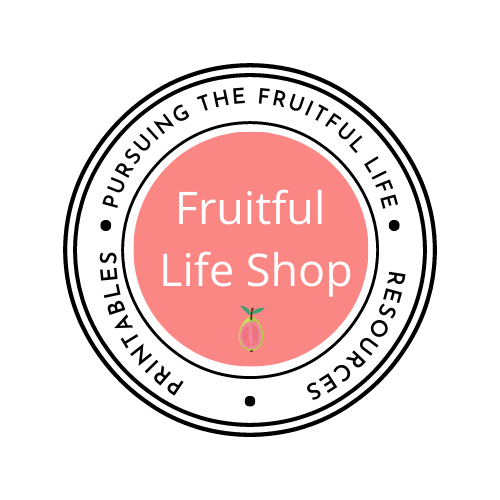Echinacea genus, a group of flowering herbaceous plants in the daisy family, or more commonly known as the purple coneflower, is one of the most researched and popular medicinal herbs today. There are nine different species within the genus, but Echinacea purpurea is the most common for herbal remedies.
With sickness and infections, prescription antibiotics work by directly eliminating bacteria that is causing sickness, but this often comes with unpleasant side effects like a weakened immune system and yeast infections. This makes echinacea herb a popular choice for those who want to use a more natural way to combat illness.
This post contains affiliate links. I receive a commission when you purchase products through these links.

Why Echinacea?
Echinacea works differently than a prescribed antibiotic.
In herbalism, we call it an “activator”. Instead of killing specific bacteria, it works to stimulate the overall response of our cells to fight all kinds of infection. This means that the herb works WITH our body to aid in healing. This wonder herb activates our own immune system to be more effective at fighting bacteria, viruses, and abnormal cells that would promote disease in the body, like cancer cells.
The confirmed actions of echinacea are: immune stimulant, antimicrobial, promotes the secretion of saliva (Sialagougue), and expectorant.
The benefits of its viscous fiber are: lowers bowel transit time, absorbs toxins in the bowel, and regulates colonic bacteria.
Possible, but not scientifically confirmed, actions are an anti-inflammatory, anti-tumor and digestive aid.
Nutritional Benefits of Echinacea are (per 100 grams dried herb): relatively high in trace minerals such as aluminum, chromium, cobalt, iron, silicon, and zinc. 84.3mg of Vitamin C and 51.2 % of dietary fiber.
A very useful herb
Almost all parts (the root, leaves, flowers, and seeds) of the herb are useful. Echinacea can be found in many herbal preparations including teas, tinctures, creams and more. Depending on what you need treatment for, it can be prepared specifically for that need.

Some cautions:
Echinacea should only be used for a maximum of 6 weeks at a time. Long term use of the herb builds up a tolerance within the body and loses its effectiveness. Those with autoimmune disorders should use extreme caution because of its stimulating effects on the body’s immune system.
Dosing:
**Recommended dosages are:
Fresh root: 1-2 tablespoon
Dried root: 3 grams
- Liquid extracts (or tinctures): very popular forms for ease of use. Can be alcohol- or glycerine-based. Extract strength varies, so following manufacturers’ directions is important. Recommended amounts range from one to five droppers-full per use (0.5-5 ml.) three times per day. (To make an extract/tincture use 3 gm dried root, 15 ml alcohol (Vodka) and 15 ml distilled water.)
- Capsules or tablets: may contain root powder or herb. Recommended usage level: 1/2 – 3 grams per dose three times a day.
- Echinacea tea: The usage level for root and/or herb brewed as a tea: 1/2 – 2 grams per dose three times a day
**sources from British Herbal Pharmacopoeia and Nutritional Herbology by Mark Pederson
Echinacea, (in herb, root and powder form) is considered a must-have for any home herbal medicine cabinet.
In what ways do you use Echinacea?
(I am a registered affiliate with amazon.com and I do receive a small compensation for every product purchased through these links.)












Leave a Reply